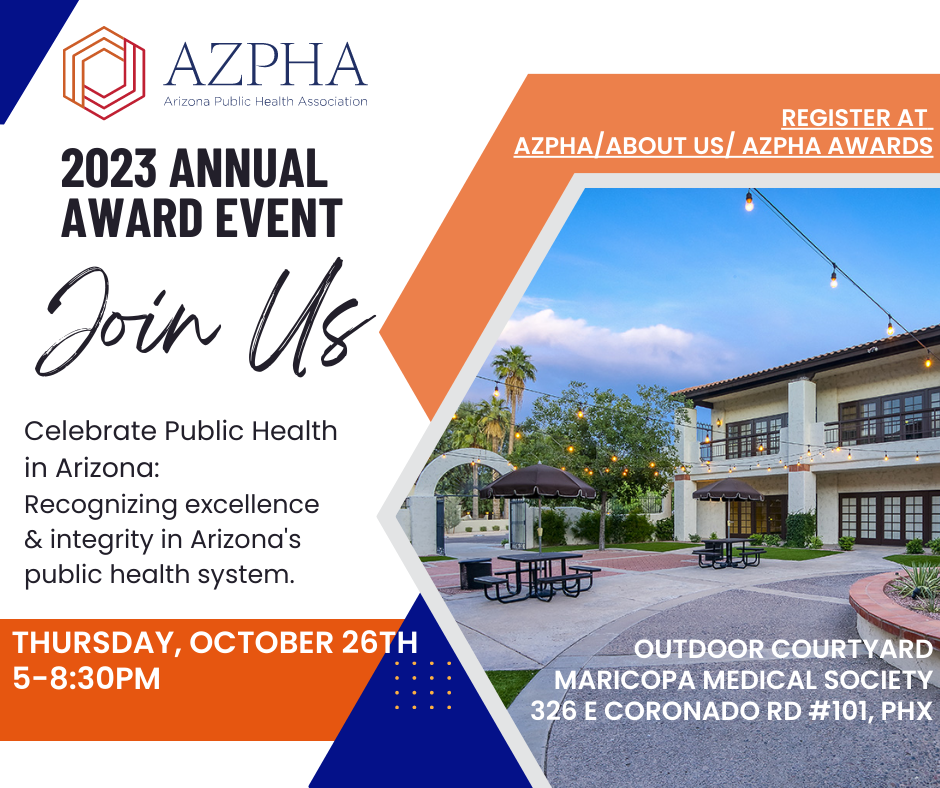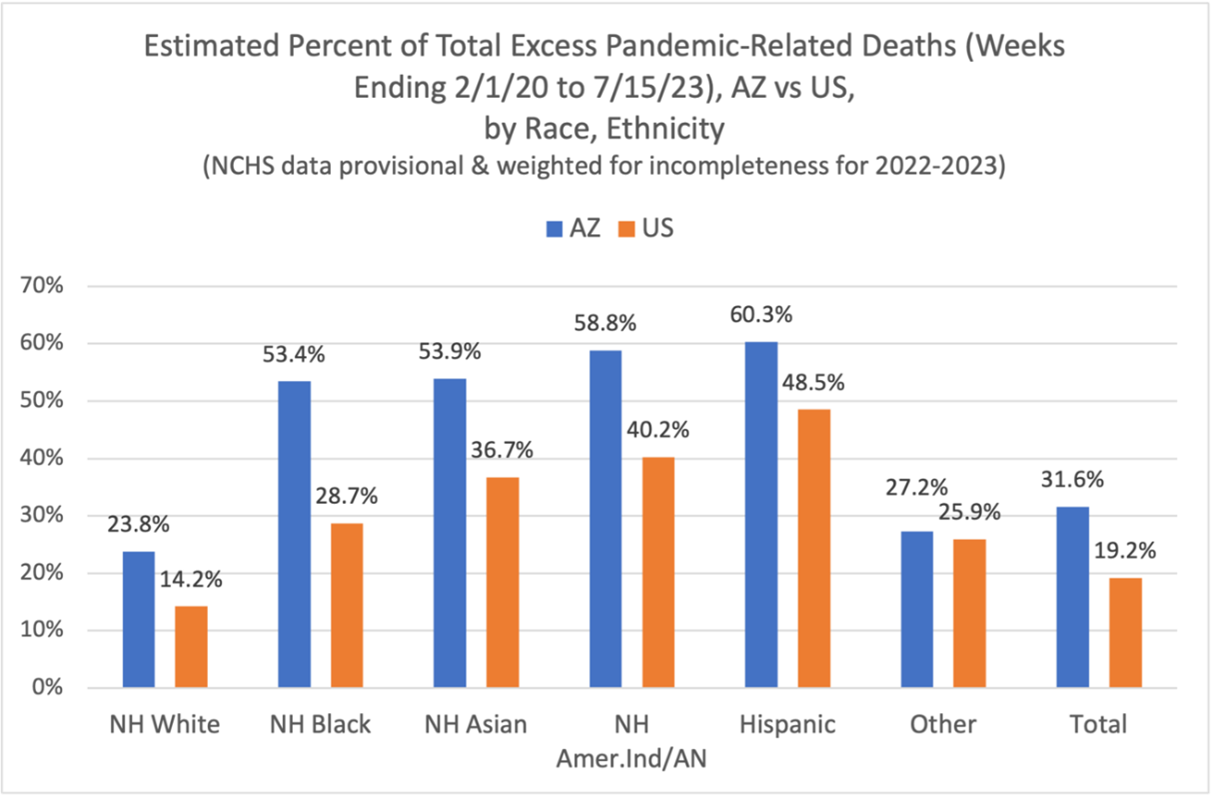Members of the legislature, stakeholders and especially family members with loved ones at the ADHS’ Arizona State Hospital became increasingly frustrated with the lack of transparency at the Hospital during the directorships of Christ & Herrington. ADHS leadership’s refusal to participate in the Arizona State Hospital Independent Oversight Committee (IOC) meetings (or provide the committee information) compelled the legislature to pass SB1444 directing the agency to actually attend IOC meetings, respond to requests for information, and to develop several reports.
From the AZ Legislative Council’s analysis:
SB1444 prohibits administration and employees of the Arizona State Hospital (ASH) from retaliating against a patient due to family participation in Arizona State Hospital Independent Oversight Committee (ASH-IOC) meetings and requires the ASH Superintendent and Chief Medical Officer to attend and participate in meetings. Directs ASH administration to develop and implement an innovative clinical improvement and human resources development plan.
Here’s a summary of the upcoming reports and events mandated by SB1444 for the: 1) Independent Oversight Committee; 2) Arizona State Hospital’s Clinical Improvement and HR Development Plan; and 3) Joint Legislative Psychiatric Review Council:
The Arizona State Hospital Independent Oversight Committee has been meeting monthly. Now that ASH executives are compelled by law to participate, the meetings are more substantive (prior to the passage of SB1444 ASH & ADHS leadership refused to attend the IOC). The next ASH IOC meeting is on September 21 (starting at 6pm). You can listen to the August meeting here. Meetings are open to the public: ADHS Arizona State Hospital Independent Oversight Committee.
The main responsibilities of the IOC include:
- Ensuring that the rights of clients are protected;
- Reviewing incidents of possible abuse, neglect, or denial of an ASH client’s rights;
- Making recommendations to the director of any department and service provider regarding laws, rules, policies, procedures, and practices to ensure the protection of the rights of clients receiving behavioral health and developmental disability services;
- Submitting written objections to specific problems or violations of client rights by the department or service provider through the director of the department of administration for review by the ADHS Director;
- Delivering to the committee a detailed written response to each written objection within 21 days after receiving the objection from the department of administration; and
- Issuing an annual report of its activities and recommendations to Director Cunico, and the Directors of AHCCCS and ADES as well as the legislature and governor.
Interestingly, the last IOC Committee Annual Report was from 2021 – but that’s probably because, prior to SB1444 becoming effective, ADHS was boycotting the meetings and not responding to the IOC’s requests for information.
Arizona State Hospital’s Clinical Improvement and HR Development Plan is due to the governor, legislative leadership and the Health and Human Services committee chairs by September 1, 2023. That directive is in the Session Law part of SB1444 (on the bottom of page 4)
The report is supposed to provide “an evidence-based and innovative clinical improvement and human resources development plan and proposed budget to fully implement the plan. You can see the details in that session law section for the components it’s supposed to have at the bottom of page 4.
Friday’s report is supposed to:
- Identify necessary enhancements to ASH services, facilities, and staff to provide statutorily required treatment and services to patients in each division, including treatment and services for secondary diagnoses;
- Provide options and recommendations to reduce the number of patients statewide who are seeking admission to ASH and to reduce the wait time for admission;
- Identify optimal levels of acuity-based staffing with full-time employees and minimal use of contract staff as well as ways to increase the number of forensically trained clinical staff;
- Identify levels of service that assist in transitioning patients from ASH into clinically appropriate settings as well as ways to increase the number of patients that have transitioned into the community without readmission to ASH or another facility; and
- Identify an independent third party, residing outside of Arizona, to investigate incident reports and to receive complaints from patients, families, and advocates.
The Joint Legislative Psychiatric Hospital Review Council is supposed to produce a report on or before December 31, 2023, with their recommendations to the speaker of the house of representatives, the president of the senate and the governor. This Council isn’t solely focused on the state hospital but does include elements related to ASH.
That report (also required by SB1444 and written by the Joint Legislative Psychiatric Hospital Review Council) is supposed to examine:
- The feasibility of transferring ASH to AHCCCS or an alternative oversight entity.
- Psychiatric hospital capacity in this state, including the bed capacity at the Arizona State Hospital and other public facilities;
- The role of private facilities in addressing psychiatric treatment needs;
- Innovative programs to ensure public safety while providing clinically appropriate treatment in the most integrated setting;
- Legal barriers;
- Current waiting lists;
- Barriers to accessing appropriate inpatient care;
- Licensing barriers; and
- Any other issues related to inpatient psychiatric treatment.
Let’s cross our fingers that these reports are substantive, that the Department provides the required information to the IOC, and that policymakers translate the report information and IOC findings into actionable policies that improve care at the Hospital. Time will tell.









